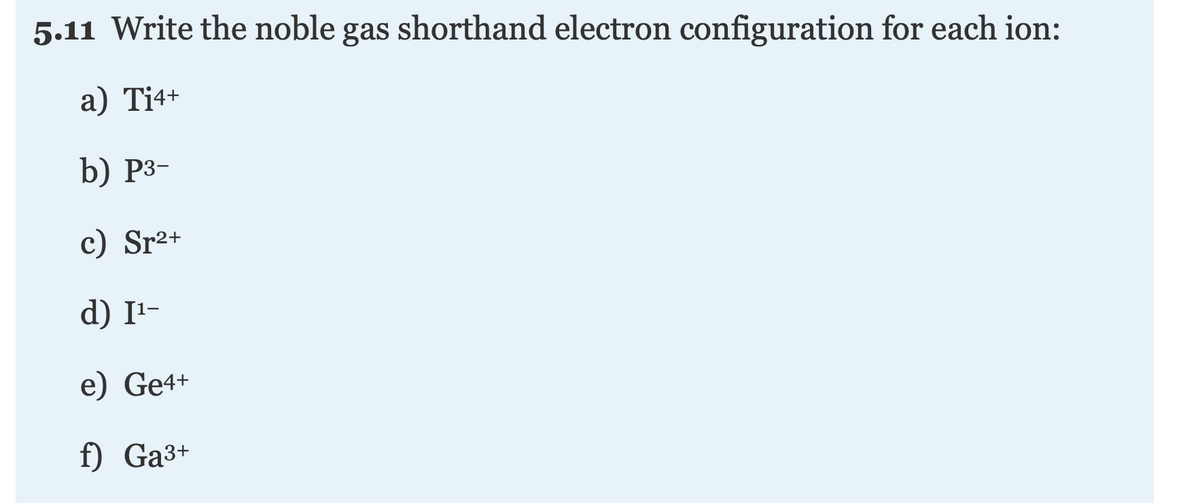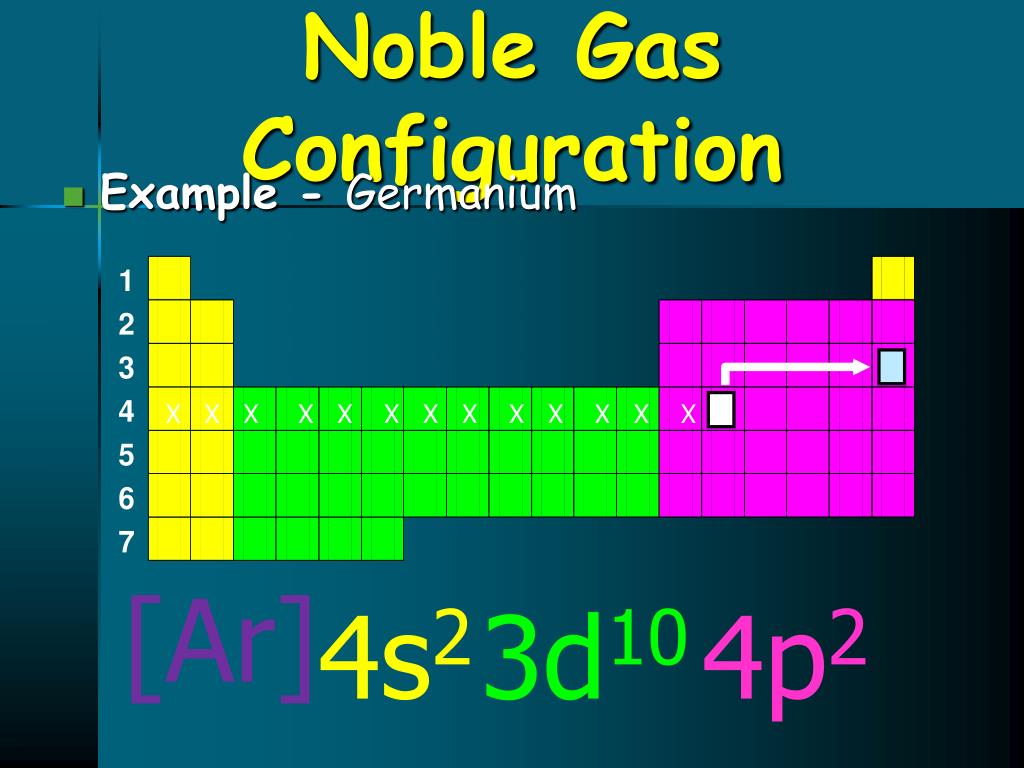

ANTIMONY NOBLE GAS CONFIGURATION SKIN
Routes of Exposure: Inhalation Ingestion Skin and/or eye contact.3141 / 157 inorganic liquid compouns, n.o.s.Vapor Pressure = C Regulatory / Health.Flammablity Class: Non-combustible solid (except as dust).

Enthalpy of Atomization: 263.6 kJ/mole 25☌.Description: Hard brittle bluish-white metal.Conductivity Electrical: 0.0288 10 6/cm Ω.



 0 kommentar(er)
0 kommentar(er)
